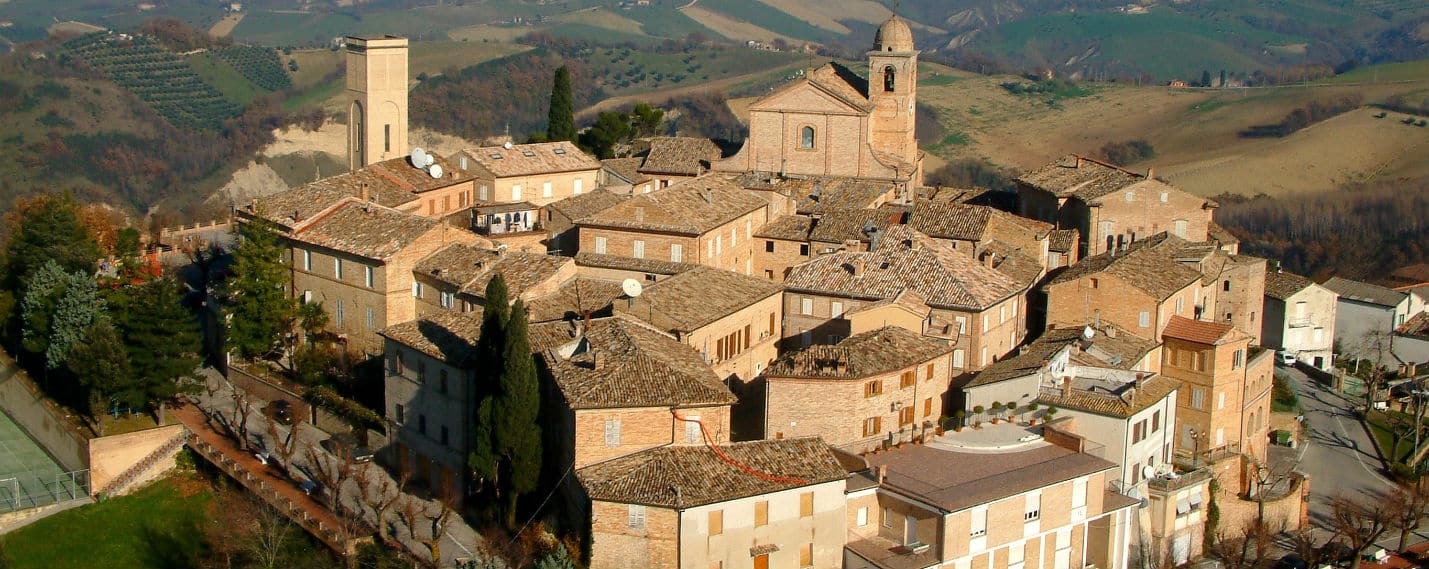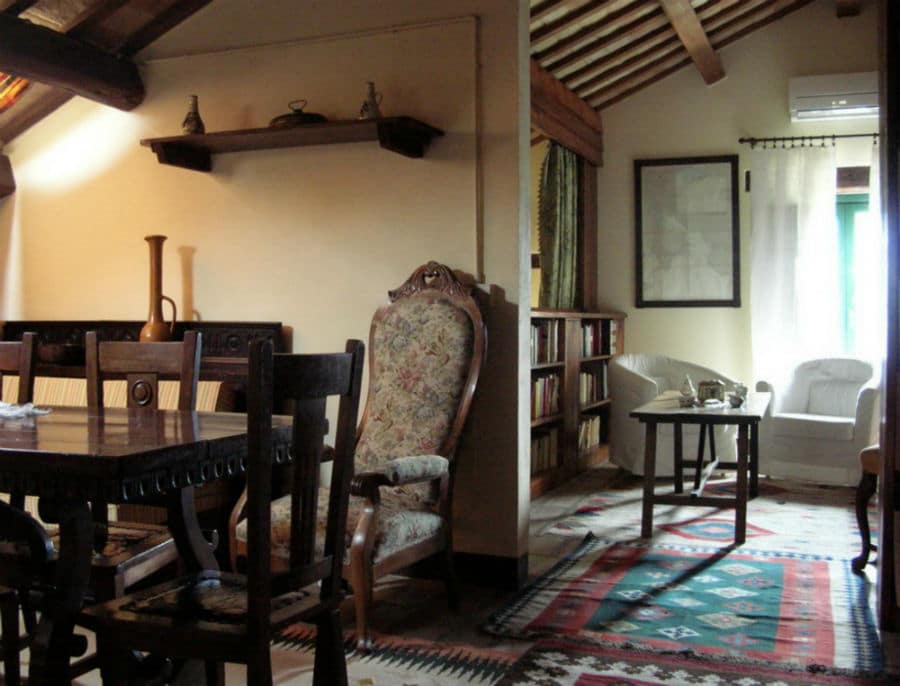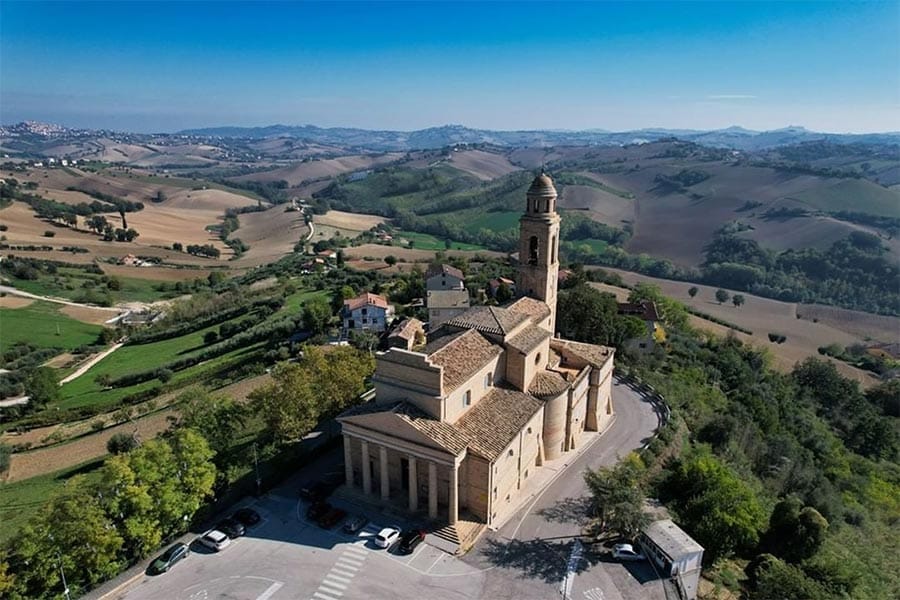In 1750 the church, now dilapidated, was demolished and rebuilt in the current neoclassical forms between 1760 and 1765, bringing the east wall out of the ancient walls of the castle walls and placing the presbytery, which in the original church was at the base of the current bell tower. In 1886 the façade was restored, then between 1952 and 1954 restoration work was carried out on the roof, on the vault that was rounded and the two central chapels on the sides of the nave were closed. In 1984 the floor of the church was completely redone with local terracotta tiles and the two side chapels were reopened. The last significant restoration intervention in order of time was realized following the damages caused by the earthquake of 1997; after the earthquake of 2016, the church was put in security but not officiated, awaiting restoration and exceptionally open for the FAI days of Spring. A single nave has three small chapels on each side and there are valuable works of art.
The Cappellina di S. Vito is closed by a wrought iron gate from 1854; the state of conservation is not good, it is decorated with stuccos made by Bernardino Maccario da Loro Piceno between 1642-1644, with figures of saints, cherubs, festoons and scrolls. The frescoes, rather deteriorated by water infiltrations, represent on the left S. Vito in prayer between the mountains of Lucania and on the right S. Vito before the judge. The three paintings on canvas are by the Fermano painter Lorenzo Foschi, executed between 1646 and 1648: in the central painting is represented S. Vito, assisted by the SS. Modesto and Crescenzia – his teacher and his nurse-free a person bitten by a dog¸ on the left The Transfiguration of Jesus, on the right S. Mary Magdalene with other Virgins. In the central chapel on the right side of the nave the painting with the Madonna delle Grazie attributed to Alessandro Ricci (1749-1829), the best known exponent of the Ferman family of painters. Also the Via Crucis is eighteenth century.
Dell’antica chiesa di San Vito Martire di Monte Vidon Corrado, risalente ai primi decenni del XVI secolo, oggi rimane la cappella barocca di San Vito Martire, patrono del paese, costruita nel 1640 da Sacripante Angelino da Macerata per conto della Confraternita di S. Vito. The Chapel of the Addolorata is decorated with paintings, stuccos, gildings. The wall gouaches were made in 1888 by the fermano G. Nunzi and represent The presentation of Jesus at the temple and The meeting of Jesus and Mary at Calvary; in the vault Angels around the Cross, also with damage caused by humidity. On the main altar is the imposing, essential Crucifix, from another unidentified church, from the Bolognese school, close to Guercino’s pictorial make-up for the dark palette and the evocative light that unveils the powerful anatomy. In the central chapel on the left side of the aisle La Pietà with the SS. Liberato and Vitale, among the most beautiful works by Alessandro Ricci. In the chapel of the Baptistery, in a stucco frame the canvas with the Baptism of Jesus attributed to Alessandro Ricci, inspired by an original by Carlo Maratta.





